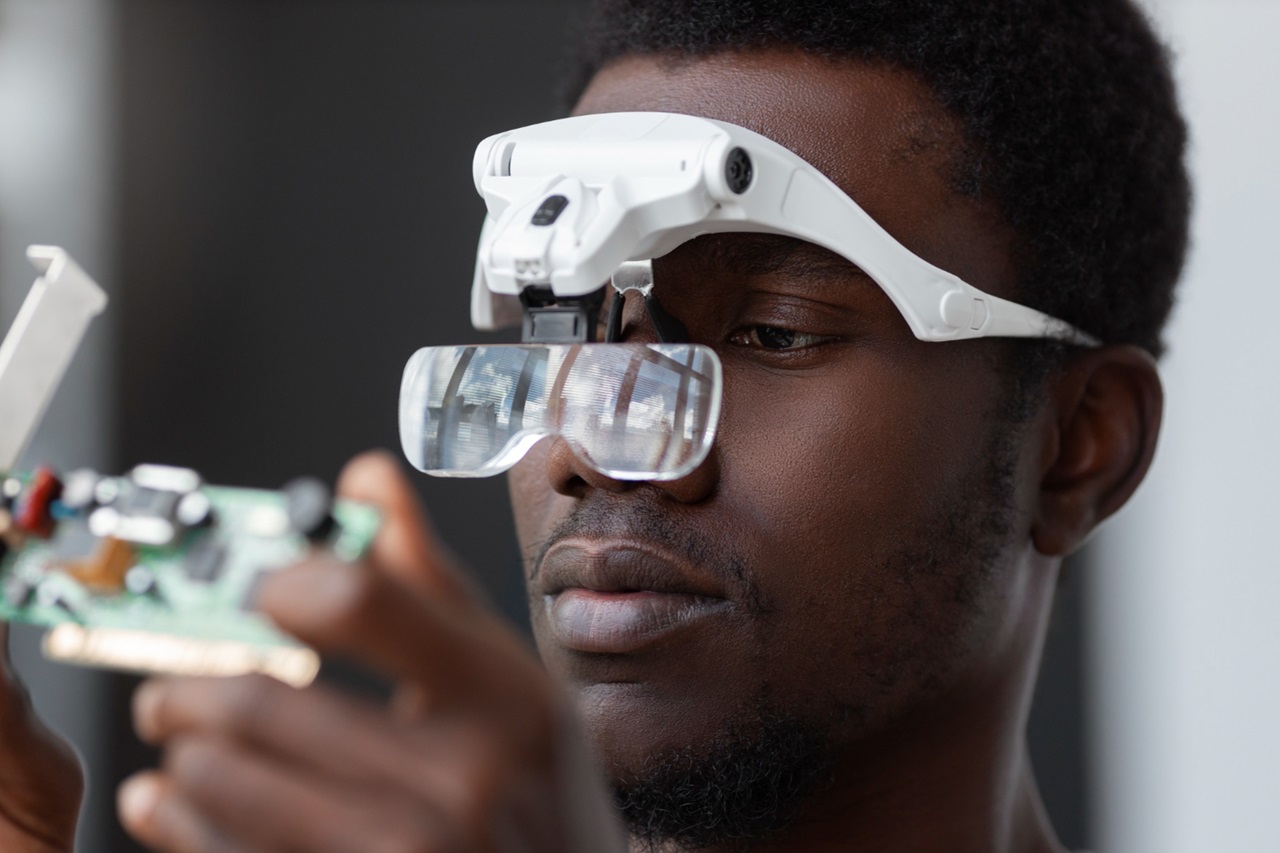The Art of Debugging: How to Find and Fix Circuit Errors
You’ve just finished assembling your latest circuit project, carefully following the instructions and triple-checking your connections. You flip the switch, eagerly waiting for your creation to come to life…and nothing happens. If you’ve been here before, you’re not alone. Welcome to the art of debugging, where patience, problem-solving, and a little detective work can turn a frustrating moment into a satisfying victory.
Debugging is an essential skill for anyone working with electronics, from hobbyists to seasoned engineers. In this guide, we’ll explore practical strategies to help you find and fix circuit errors, turning obstacles into learning opportunities.
Why Debugging Is a Skill Worth Mastering
Debugging isn’t just about fixing problems—it’s about understanding how circuits work and how they sometimes don’t. Each mistake teaches you something new, whether it’s recognizing a misconnected wire, spotting a faulty component, or learning to stay calm under pressure.
I still remember my first major debugging challenge. I’d built a blinking LED circuit using a 555 timer, but the LED stubbornly stayed dark. After hours of frustration, I realized I’d swapped the power and ground pins on the timer. That “aha!” moment was worth every minute of effort and taught me to slow down and approach problems methodically.
Common Circuit Errors and Their Causes
Before diving into debugging techniques, let’s look at some common circuit errors:
- Loose or Incorrect Connections: Wires that are loose, improperly placed, or in the wrong terminals can disrupt the circuit.
- Faulty Components: Resistors, capacitors, or LEDs that are damaged or defective can cause failures.
- Incorrect Polarity: Components like diodes, capacitors, and transistors need to be connected with the correct polarity to function.
- Short Circuits: Wires or components unintentionally touching can create a shortcut for current, bypassing the intended path.
- Power Supply Issues: Insufficient voltage or current can prevent your circuit from operating correctly.
- Errors in Soldering: Cold solder joints or solder bridges can disrupt or short a circuit.
Step-by-Step Guide to Debugging Your Circuit
Step 1: Don’t Panic
It’s natural to feel frustrated when your circuit doesn’t work, but staying calm is key. Take a deep breath and remind yourself that debugging is part of the process.
Pro Tip: Treat it like solving a puzzle—it’s less stressful when you approach it with curiosity rather than dread.
Step 2: Verify the Basics
Start with the simplest checks:
- Is your circuit powered on?
- Is the power supply providing the correct voltage and current?
- Are all components securely connected?
Sometimes, the most obvious issues are the ones we overlook. I once spent 20 minutes debugging a “broken” circuit only to realize I hadn’t plugged in the power supply.
Step 3: Inspect Your Connections
Go through your circuit systematically, checking each wire and connection against your schematic or instructions. Look for:
- Loose wires or components not fully inserted.
- Connections made to the wrong pins or terminals.
Pro Tip: Use a multimeter in continuity mode to ensure there’s a complete path where you expect one.
Step 4: Check Component Orientation
Polarity-sensitive components (like LEDs, diodes, or electrolytic capacitors) need to be connected in the correct direction. If reversed, they won’t work—or worse, they might get damaged.
Anecdote: During my first attempt at building a motor controller, I accidentally reversed a diode. Not only did the circuit fail, but the diode got so hot I had to disconnect it quickly. Lesson learned!
Step 5: Look for Short Circuits
Short circuits can occur when wires or solder joints unintentionally touch. To find them:
- Inspect your circuit visually for any wires or components that shouldn’t be touching.
- Use a multimeter to check for unexpected continuity between power and ground.
If you’ve soldered your circuit, examine the board for solder bridges—tiny blobs of solder that connect two points unintentionally.
Step 6: Test Components Individually
Sometimes, the issue lies in a faulty component. Use your multimeter to test:
- Resistors: Measure resistance to ensure it matches the labeled value.
- Diodes and LEDs: Use the diode test function to check for proper forward and reverse behavior.
- Capacitors: Test capacitance or check for shorts.
Pro Tip: Keep spare components on hand. Swapping out a suspected faulty part is often quicker than testing it.
Step 7: Break It Down
If your circuit is complex, isolate sections to identify the problem area. Test one part of the circuit at a time, starting with the power supply and working outward.
When I built my first Arduino-based motion sensor, the sensor wasn’t responding. By testing each component independently, I discovered the issue was a loose wire on the power rail.
Step 8: Consult Your Resources
Don’t hesitate to seek help! Resources like YouTube tutorials, online forums (like Reddit’s r/Electronics), and the kit’s user manual can provide valuable insights. Sometimes, a fresh perspective is all you need.
Tools That Make Debugging Easier
- Multimeter: Your go-to tool for measuring voltage, current, resistance, and continuity.
- Oscilloscope: Useful for visualizing signals in real-time, especially for complex or timing-sensitive circuits.
- Breadboard: A reusable platform for prototyping and testing circuits without soldering.
- Helping Hands with Magnifying Glass: Makes inspecting small components and solder joints much easier.
- Wire Strippers and Cutters: For clean and precise wiring.
Tips for Effective Debugging
- Keep Your Workspace Tidy: A clutter-free workspace minimizes the risk of misplaced components and tangled wires.
- Document Your Process: Take notes as you debug, recording what you’ve tested and what worked or didn’t.
- Learn From Mistakes: Each error is an opportunity to deepen your understanding of circuits.
- Celebrate Small Wins: Fixing even a small issue is progress—acknowledge it!
A Personal Perspective on Debugging
Debugging teaches more than just technical skills; it builds patience, resilience, and a problem-solving mindset. Some of my most satisfying moments in electronics have come from solving tricky problems.
For example, I once worked on a robotic arm that refused to move correctly. After hours of trial and error, I discovered a single misaligned wire was the culprit. The relief and joy I felt when it finally worked were worth all the effort.
Final Thoughts
The art of debugging is as much about mindset as it is about technique. Approach each challenge with curiosity and persistence, and you’ll not only fix your circuit but also grow as a maker and problem-solver.
So the next time your circuit doesn’t work, don’t get discouraged. Roll up your sleeves, grab your multimeter, and embrace the journey. Success is just a few steps—and maybe a few mistakes—away.
Happy tinkering!



Post Comment